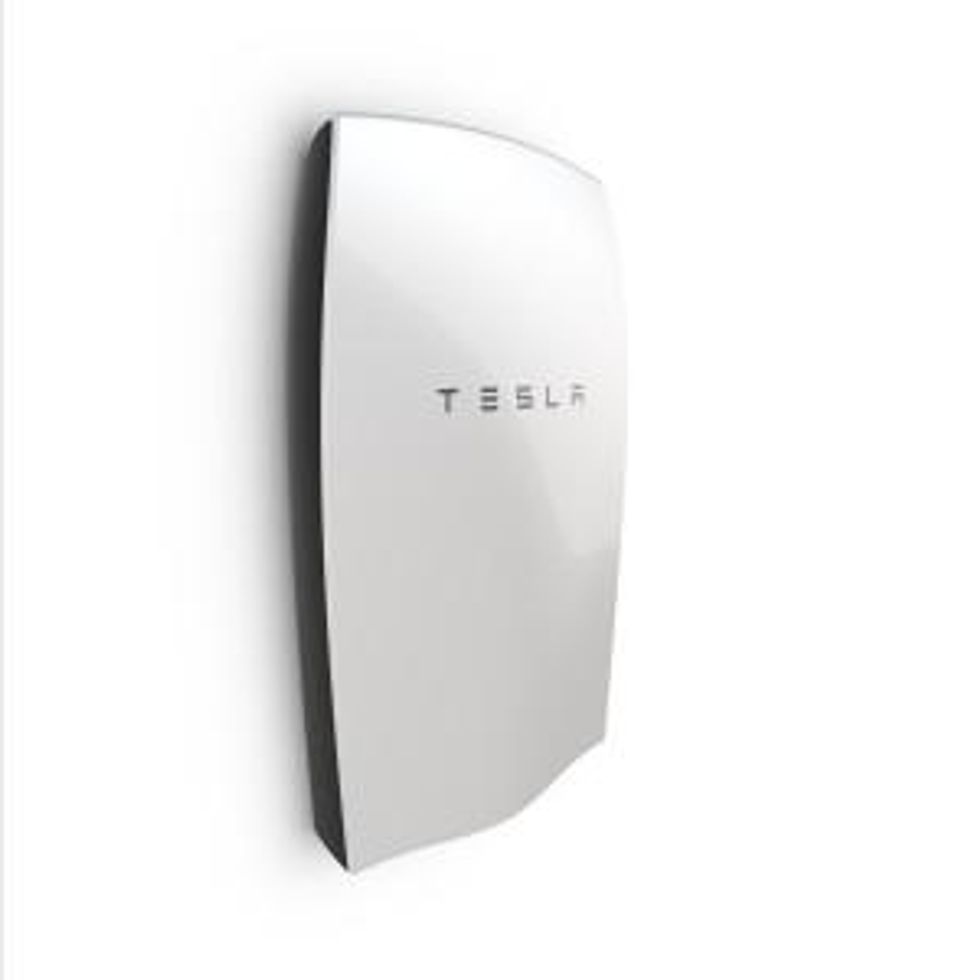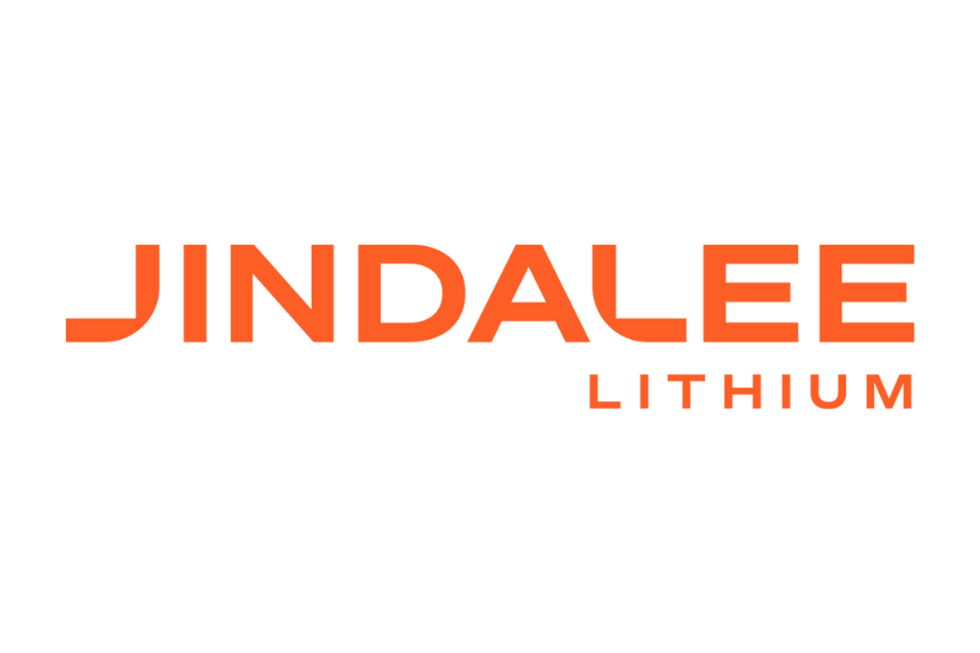What Does the Tesla Battery Announcement Mean for Lithium, Graphite and Cobalt?
Simon Moores on what Tesla’s recent news could mean for the lithium, graphite and cobalt sectors.
Tesla battery. Image courtesy of Tesla Motors.
Last Thursday night, Tesla Motors (NASDAQ:TSLA) announced the details of its new line of residential and business-scale rechargeable batteries under the banner Tesla Energy, marking a massive shift for the company.
True to form, Tesla CEO Elon Musk has set a lofty goal with regards to the batteries. He shared his hopes that Tesla’s line and others like it will help the world shift away from fossil fuels by facilitating the storage of energy generated from sources like wind and solar.
However, there wasn’t much talk about supply-chain specifics — i.e., how much lithium, graphite and cobalt will be needed for all those batteries. With that in mind, Resource Investing News got in touch with Simon Moores of Benchmark Mineral Intelligence to talk about how Tesla’s new batteries may affect the markets for those metals.
A nice surprise
For Moores, the biggest surprise from Thursday night’s announcement was the cost of the batteries. He noted that the cost of Tesla’s home-use battery, the Powerwall, was expected to come in at over $10,000. That’s well above the actual cost of the battery, which is set at $3,000 for the 7kWh model and $3,500 for the 10kWh model.
In the same vein, Moores said that the second thing that stood out was the scalability of the battery systems. “That was really clever from Tesla … they’re making it really easy,” he said.
Of course, the $3,500 price tag will still be a price barrier for many, a point conceded by Peter Rive, CTO of SolarCity (NASDAQ:SCTY). ”I don’t believe this product in its first incarnation will be interesting to the average person,” he told the Associated Press.
Still, Moores stated that Tesla has done a good job of addressing that issue. “I think there’s always a barrier there because it’s such a new thing. Not a new technology, but a new concept … so people have nothing to compare it to,” he said. “The cost is very low still. I think Tesla really got in aggressively on the price in order to start immediate adoption.”
No word yet on pricing for Tesla’s higher-capacity 100kWh Powerpack batteries, which were also announced on Thursday.
Lithium, graphite and cobalt needed
Of course, the question on every critical metals investor’s mind is “how much lithium, graphite and cobalt will the batteries use?” According to estimates from Benchmark Mineral Intelligence, the answer is “a lot.”
“Tesla hasn’t 100 percent confirmed they’re the same batteries used in their cars, but they pretty much are,” Moores said, “so they will contain a lithium and cobalt cathode — a NCA (nickel-cobalt-aluminum oxide) cathode — and graphite as well.”
Benchmark expects that to produce each Powerwall, 16 kilograms of synthetic graphite (or 16 kilograms of spherical graphite derived from 40 kilograms of flake graphite concentrate), as well as 12 kilograms of lithium hydroxide, will be required. For the Powerpacks, Moores said those amounts will increase 10 times (about 160 kilograms of graphite and 120 kilograms of lithium). In other words, they’ll need slightly more than the amounts of lithium and graphite currently used in Tesla’s Model S.
Given those numbers, if demand for the batteries takes off as Musk expects, it could mean big things for critical metals demand. Moores said that while there are enough raw materials in the ground to support Tesla’s battery revolution, the key question will be whether there’s enough processing capacity and know-how to make battery-grade products.
“The battery-grade products are specialist products. They’re not commodities,” he pointed out. “There’s a lot of expertise that goes into processing these raw materials before they can be used in batteries, and the question is, where does that reside?”
Currently, much of that processing capacity lies in China, Japan and South Korea. Still, Moores noted that China is still “fairly new to the lithium game” and that it still relies heavily on importing raw materials. “There is room in the lithium market,” he said, especially for companies aiming to go beyond raw materials to create more specialized products.
Higher demand, higher prices
Increased demand will have implications for lithium, graphite and cobalt prices as well. “You’ve got increased demand from batteries, which we’re already seeing, and that’s without gigafactory demand. And more importantly, there’s other megafactories being developed in China,” Moores said. “When you have such a heavily skewed market on the demand side with little change on the supply side, prices are only going to go one way.”
While that might sounds like good news, Moores argued that price volatility isn’t actually good for the industry. It can prevent long-term planning and investment, leaving end users without supply and leading to substitutions in the market, as happened to some extent in the rare earths industry. However, Moores isn’t worried that what happened with rare earths will happen with lithium, graphite or cobalt.
“There is potential for [prices] to go higher than they’ve ever been, but … I think lithium ion is too far gone. It’s too commercialized now,” he said, speaking to the possibility of substitution in the near future. “Regardless of the bad news they might get now and again, for whatever reason, it’s the most trusted form of battery. For that reason, it’s here to stay for a long time, in my opinion.”
What does it all mean for juniors?
Still, Tesla hasn’t said much about supply agreements for lithium, graphite and cobalt. While Moores suspects the company may need stockpiles ready for its gigafactory by the end of this year, he suggested that Tesla could also continue to source its cells from Panasonic (TSE:6752). “They need to lock up the right volumes of raw materials, and I think they’re not going to do a deal unless it’s right for them,” he said.
When asked whether lithium companies in Nevada will have an advantage in terms of securing supply agreements with Tesla, Moores said that they have an edge by virtue of being on the company’s doorstep. However, he stressed that it’s more important to consider whether such companies are able to economically produce the right grade of lithium. “The key word is economic, because Tesla is going to be negotiating hard on these contracts,” he said. “They want the best deal.”
Western Lithium (TSX:WLC), Pure Energy Minerals (TSXV:PE) and Dajin Resources (TSXV:DJI,OTCMKTS:DJIFF) are located in Nevada, along with Rockwood Lithium (now owned by Albemarle (NYSE:ALB)), which controls the only producing lithium operation in the US. Tesla has previously said that it plans to source all raw materials for its gigafactory from North America.
In any case, Tesla’s announcement has certainly injected some fresh excitement into the critical metals space. Investors will be keeping an eye out for more developments from the company.
Securities Disclosure: I, Teresa Matich, hold no direct investment interest in any company mentioned in this article.
Related reading:






